What’s your biggest worry when riding a bike? Crashing, right? Whether you’re the type that lets it get to you or not, that’s pretty much always the worst thing that can happen. But the second biggest worry for some of us is not being prepared if something breaks.
Maybe it doesn’t have to break but just comes loose. Those of us riding Twin Cam Harleys certainly know that worry.
Things are always vibrating loose and there’s just not enough LokTite in the world to stop it. Especially not for a bona fide tinkerer like myself. You do your best, but s**t happens.
So, what do you do about it?
You carry some tools and supplies around, of course, but what? What tools are good to have on a bike at all times?
Every bike and rider is different, and I really can’t speak for anything other than Harley-Davidsons at this point, but there are a few good items to keep around if you find yourself feeling a bit paranoid.
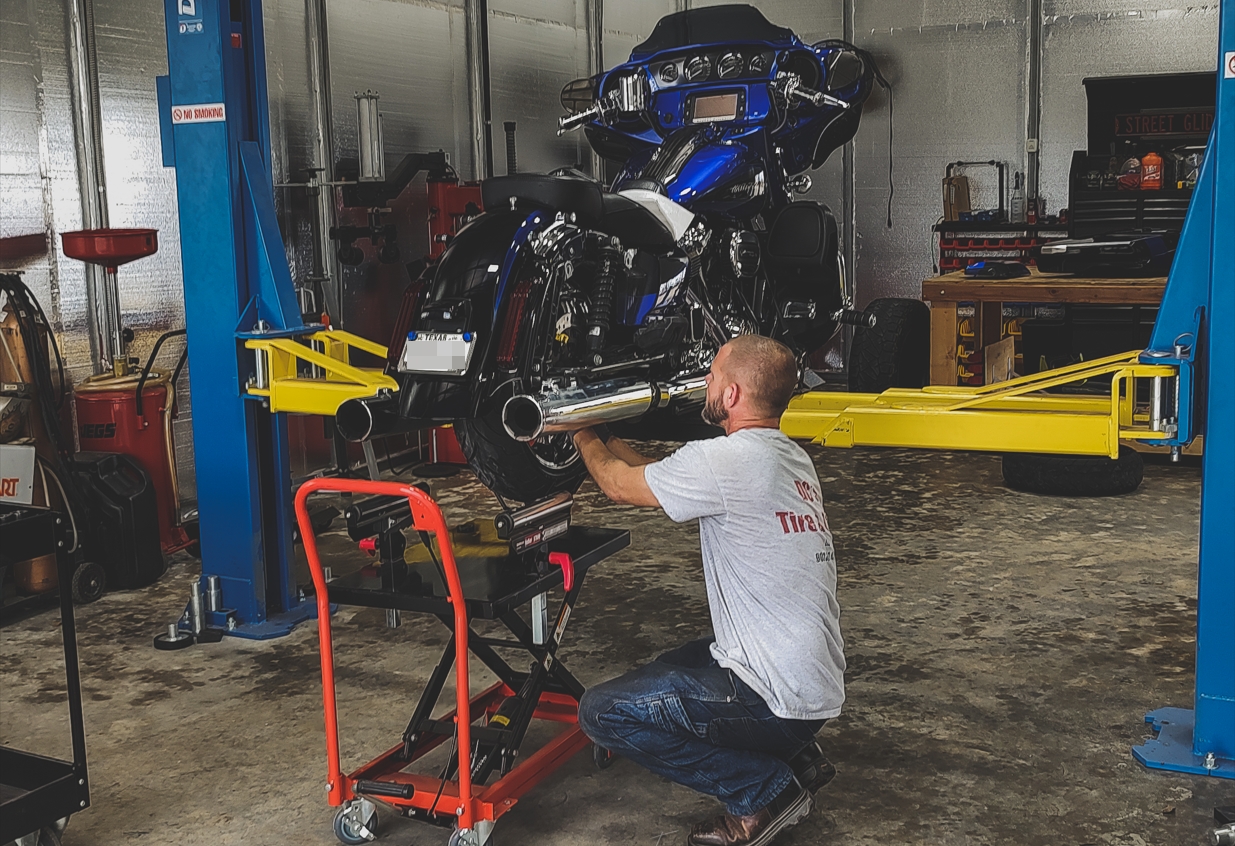
Know Your Bike
The first step in better preparing yourself for potential issues going down the road is to simply know your bike.
You don’t have to be a shadetree mechanic or someone who does all of your own maintenance, but the more you know…
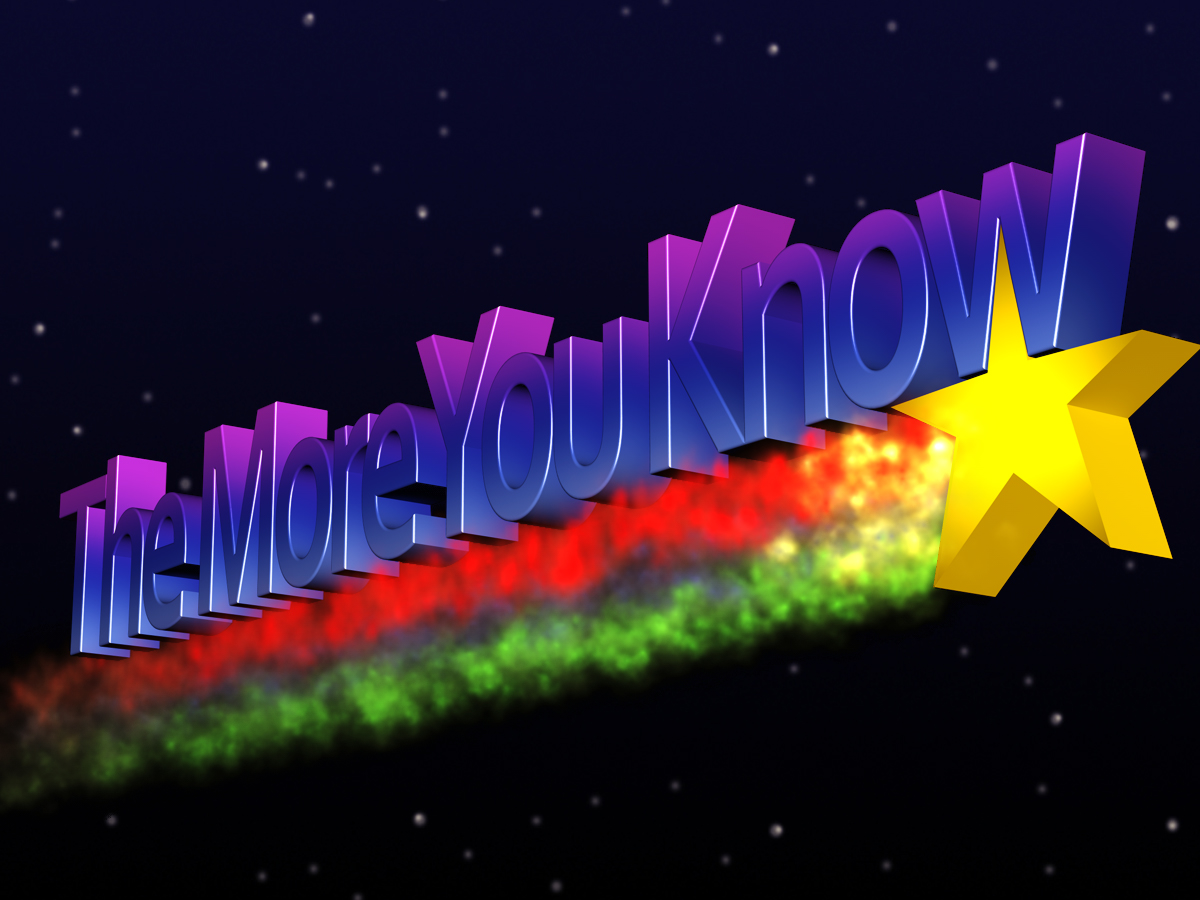
Does your bike have an M8, Twin Cam, or an Evo motor? That’s usually a great place to start.
Harley-Davidson’s Milwaukee Eight engine — bikes equipped with it — really sort of changed the game. Engine vibration is reduced which actually prevents most of the loosening bolts that Evos and Twin Cams experience. Thus the tools you need to carry with you change.
What work has been done to your bike?
If you recently changed or had changed the air cleaner assembly, then that’s something you’ll need to keep in mind for a while.
Was every bolt torqued to spec? Was LokTite used correctly?
Good questions to ask yourself about any recent modifications or repairs to your bike.
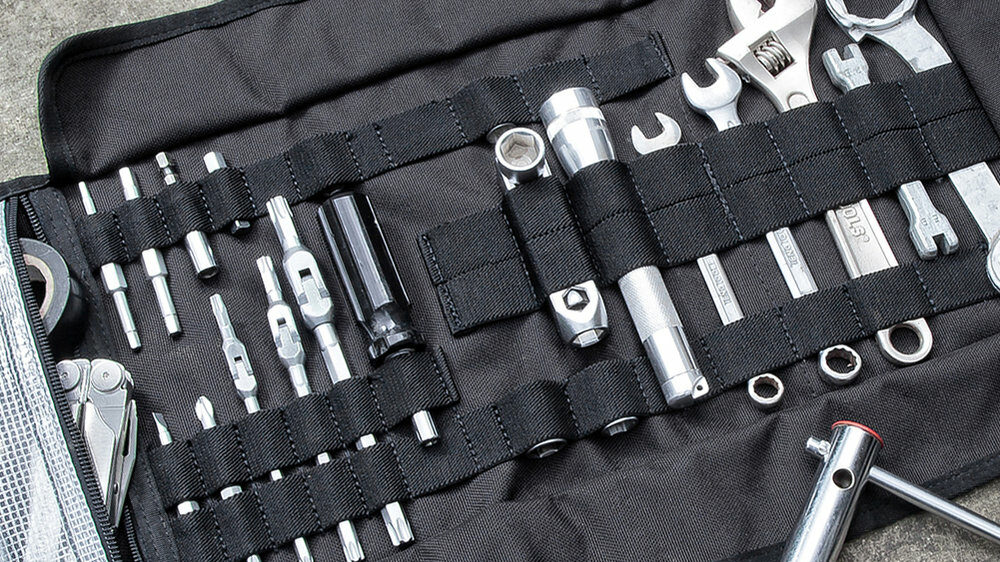
The Tool Roll
Or something like a tool roll, at least. Truth be told, I spread tools and supplies around on my Street Glide. I have the space, so why not use it?
I keep a true tool roll in the bottom of my right saddlebag. It’s the bulk of what I carry, weight-wise, so of course it goes on the right side.
The way Harleys are designed, the primary creates a weight imbalance toward the left of the bike, so my heaviest tools go on the right to counter that. The MoCo counters it already, but I add to it.
I keep a couple of small things in the tour pack, and then the temporary items go either there or in the left saddlebag.
What are the temporary items?
When changing the rear tire, for example, my slip-ons have to be removed to clear the axle and axle cone nuts. So, I keep a 9/16″, 5/8″, and 1/2″ handy for a few rides just in case I didn’t tighten the exhaust clamps or hanger bolts down right.
And that starts the list of the most useful tools in the roll.
Sockets or combination wrenches
- 1/2″
- 13 mm
- 9/16″
- 5/8″
Whether you carry wrenches or a ratchet and sockets, those are the most likely needed sizes on a Harley. You could carry more, and should if you’ve added a lot of after-market parts to your bike, but that’s a good start.
Hex (Allen) and Torx Keys
It’s good to keep small sets of these rather than specific sizes. Metric and SAE for the hex keys, and at the very least, T25 and T27 Torx keys.
The two Torx key sizes mentioned are important because they cover the windshield, the outer fairing, and — most crucial — the hand controls. Those things can and will loosen up on you over time, M8 or not.
Other Handy Tools to Have
- A good pair of 6-8″ Channellock pliers. Do not cheap out on these. I’ve found the Irwin brand to hold up well to the weather (humidity is a bitch) and usually under $50 for this size.
- A #2 Phillips head screwdriver.
- A #2 or larger strong flathead screwdriver (prybar).
Some Useful Supplies
- Zip ties. The 8″ or 10″ variety do fine. A couple of dozen. Something to trim the ends with too.
- Gorilla Duct Tape. That stuff is thick and strong.
- Tire plug kit. Good to have both the small and large diameter plugs, but a small kit overall.
Add in some 20W50 oil as well on the Evos and Twin Cams.
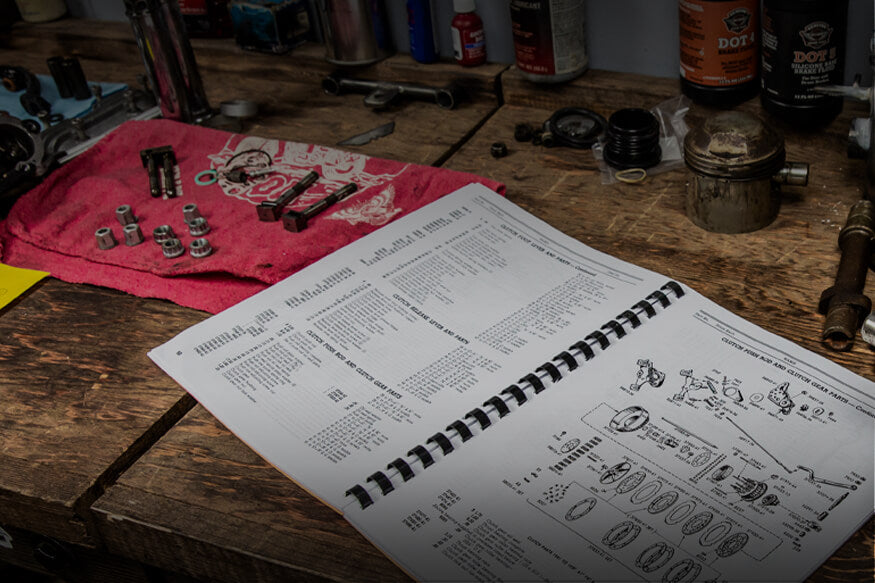
Avoiding the Need for a Tool Roll
I mentioned paranoia before because that’s what this subject is really about. You can’t know what’s going to happen, therefore you cannot accurately plan for it. All you can do is assuage your own worries with some basic tools that can handle a lot of situations.
Roadside Assistance is Invaluable
Let’s be honest, more than half of Harley riders out there don’t carry any tools with them because they wouldn’t know what to do with them if the need arose. It’s not like the word “poser” comes to mind… wait, yes it does.
Anyway. Moving on.
Those guys rely on roadside services when things go wrong, and that’s a great tool to have as well. Road America (for HOG members), AAA, Harley’s ESP roadside, and even insurance roadside plans are all handy to have.
I have three different roadside plans. I ride all over, often hours from civilization if I’m lucky, and I don’t want to be waiting six hours for a truck to arrive.
Proper Maintenance
The single most preventative measure you can take is to simply perform proper maintenance on your bike.
Get the service manual for your bike. If you don’t want to buy one, there’s a group on Facebook with a huge library of PDF files, for free. The H-D SIP (Service Information Portal? I think) is also available these days.
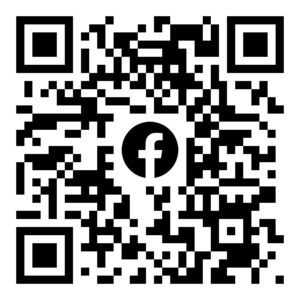
There are maybe a handful of people in the world — outside the MoCo — who don’t need a service manual for their bikes.
Even if you know how to tear a brand-new Harley down to the last bolt, you still need the torque specs to put it all back together. That’s what the manual is good for.
Make sure you have anti-seize and BLUE LokTite. Yes, some applications require red LokTite, but most do not.
Buy yourself some decent click-type torque wrenches. You need a 1/2″ and 3/8″ drive, at least, for both foot pounds and inch pounds. Very important.
Most important of all, though, is simply diligence.
Cleaning your air filter? Throw a wrench on those bolts and make sure they’re torqued to spec while you’re in there.
If you’re working on one part of the bike, look around that part at fasteners that could potentially be loose. Grab parts and give them a tug to see if they move when they shouldn’t, or don’t when they should.
It only adds a couple of minutes to your task and can save you all kinds of headaches down the road.
Do What You Need to do to Ride with Confidence
The bottom line is you have to do what you have to do to ride your bike with the confidence that it’s going to get you anywhere you want to go.
I rode my 2019 FLHXS from Dallas to Sturgis and back with the specific tools and supplies mentioned above. I didn’t need any of them.
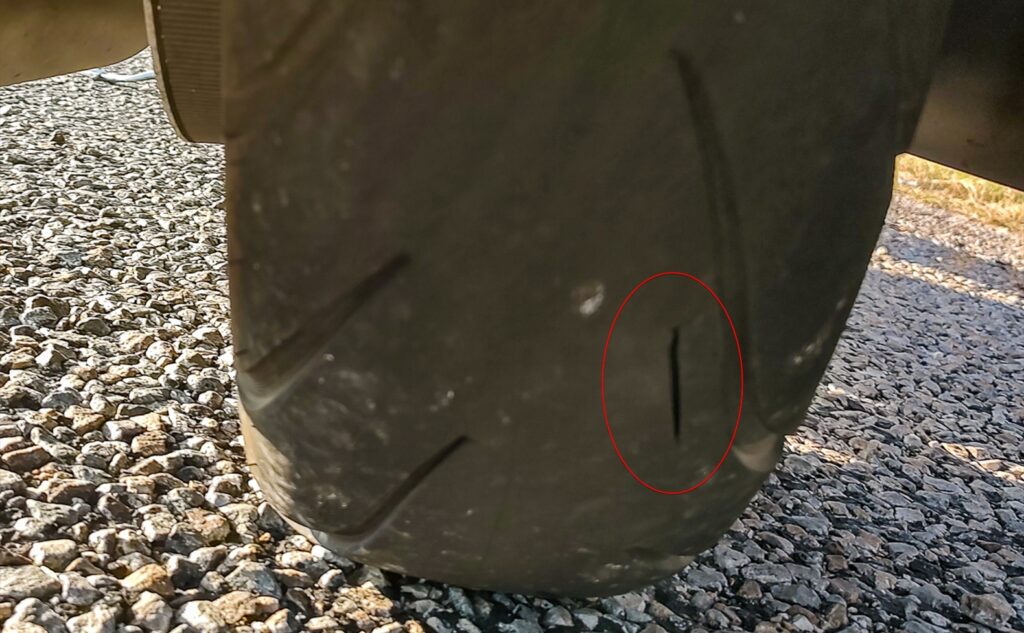
Three months later I went on a 200-mile lunch ride and had a blowout. I didn’t have a plug kit then, but it wouldn’t have helped anyway. Thankfully a brother and sister brought a trailer out to get me home. Already had my next new rear tire waiting at home, changed it the next day.
There simply is no way to be prepared enough.
I guess that’s why a lot of guys don’t carry anything on their bikes, because if you can’t cover everything, why stress about anything, right? And I get that.
The choice is yours, obviously, so do what you need to do. And to hell with anyone who disagrees.